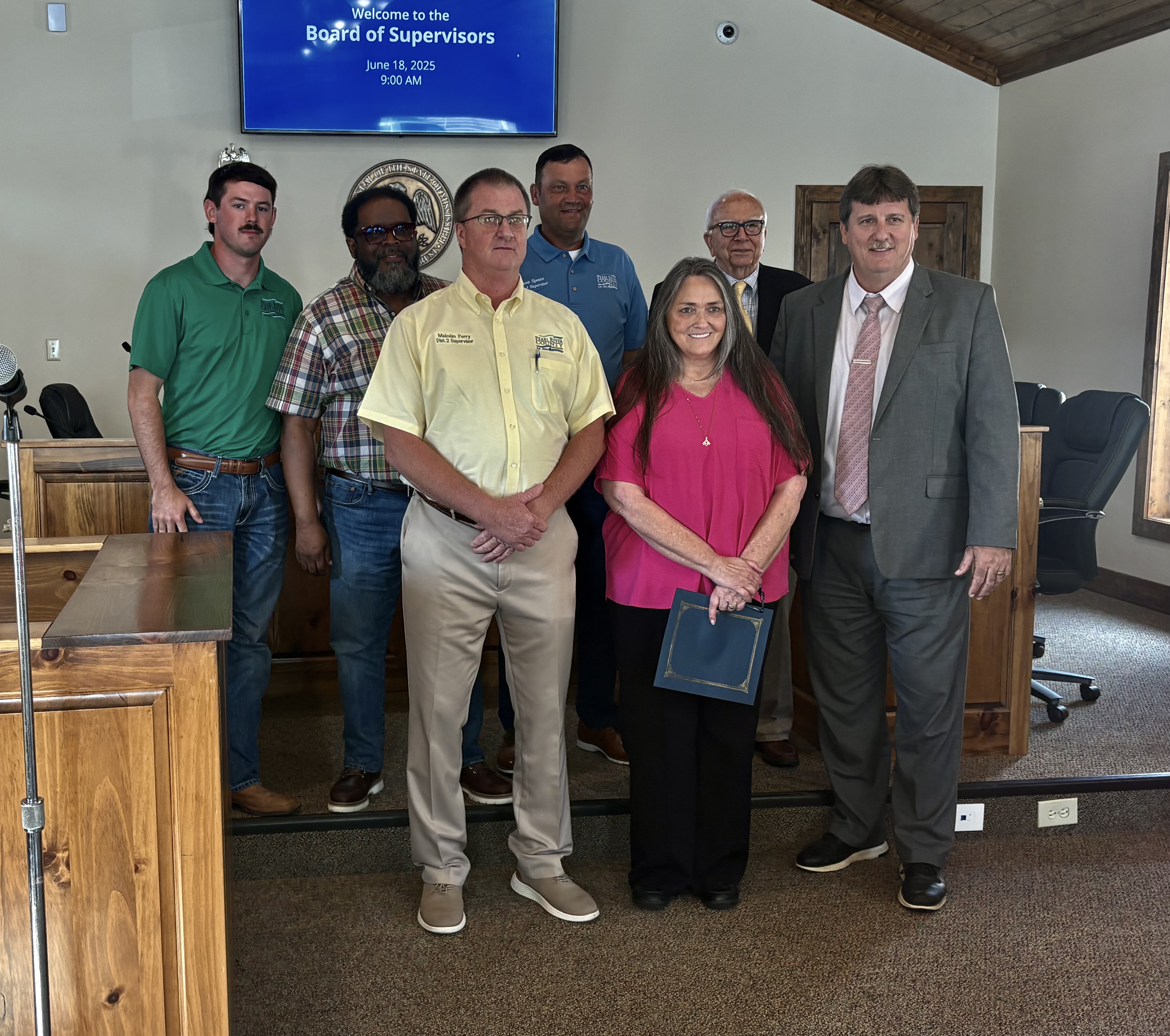Study: Miss. spends too little to nix teen smoking
Published 11:45 pm Wednesday, November 19, 2008
Mississippi — the first in the nation to sue the tobacco industry in the 1990s — spends about a fourth of what it should on tobacco prevention efforts, a Washington-based advocacy group said.
The Campaign for Tobacco-Free Kids, in a report released Tuesday, ranks Mississippi 23rd in the nation for its funding of tobacco prevention programs. The state used to be nationally recognized for its tobacco prevention efforts.
The group wasn’t very impressed with Republican Gov. Haley Barbour’s cigarette tax proposal on Tuesday.
Barbour has proposed asking lawmakers to approve a 24 cents increase on every pack on premium cigarettes sold in Mississippi. The increase would be 43 cents on packs produced by tobacco companies that didn’t participate in the state’s 1997 settlement with the tobacco industry.
Peter Fisher, vice president of state issues for the Campaign for Tobacco Free Kids, said Barbour’s proposal would have little impact on public health.
He said research shows that with every 10 percent increase in the price of cigarettes, there is a 4 percent overall reduction in tobacco use among kids. Mississippi’s current cigarette tax is 18 cents, among the lowest in the nation.
Fisher said his organization would make a legislative push next session for a $1 a pack increase in Mississippi.
Fisher said Barbour’s proposal wouldn’t meet the 10 percent threshold. He said his organization would make a legislative push next session for a $1 a pack increase in Mississippi.
“I do think as small and ineffective as the governor’s proposal will be, it’s indicative of the fact that sentiment is moving toward our point of view that there should be an increase in the cigarette tax in Mississippi,” Fisher said.
He said Mississippi’s adult smoking rate is 24 percent, higher than national average. He added the teen rate is 19 percent, around the national average.
State Health Officer Dr. Ed Thompson said last week that increasing the price of cigarettes reduces the number of smokers and how much they smoke.
“The only way government can do that is by taxing,” Thompson said.
The Campaign’s report said Mississippi will spend $10.7 million in the current fiscal year. The amount recommended by the Centers for Disease Control and Prevention, is $39.2 million.
Mississippi is not the only state cited by The Campaign for cutting back. The report said California, Indiana, Massachusetts and Minnesota were once national leaders in prevention and cessation programs, but haven’t restored full funding after budget cuts.
The report said no state is funding programs at the CDC-recommended level.
Mississippi’s attorney general was the first in the nation to file a lawsuit against the tobacco industry to recover the cost of treating sick smokers.
After Mississippi received a $3.6 billion settlement from cigarette makers, then-Attorney General Mike Moore created a nonprofit organization, The Partnership for a Healthy Mississippi, to handle the bulk of the state’s anti-tobacco initiative. The nonprofit annually received $20 million in tobacco settlement money.
Barbour filed a lawsuit to challenge a chancery court order that had sent the annual payments to the Partnership. The state Supreme Court agreed with the governor in 2007 and blocked the Partnership’s payments, instead routing the money through the Legislature to decide how it should be spent. About $10 million goes to the state Department of Health’s anti-tobacco program. Barbour had argued that the settlement payments are state money and lawmakers should decide how it is spent.
“It remains disappointing because Mississippi used to be a leader in this field until the governor sued to take the money away from the Partnership, which was doing great work,” Fisher said.
Moore, who heads a tobacco advisory council that makes recommendations to the health agency, said the current programs “is going pretty well.”
“It’s not all connected and all working together,” Moore said. “We wanted all the state and private groups to work together. That’s why we called it a partnership. I don’t think it can achieve the same results as a comprehensive program and $20 million.”





